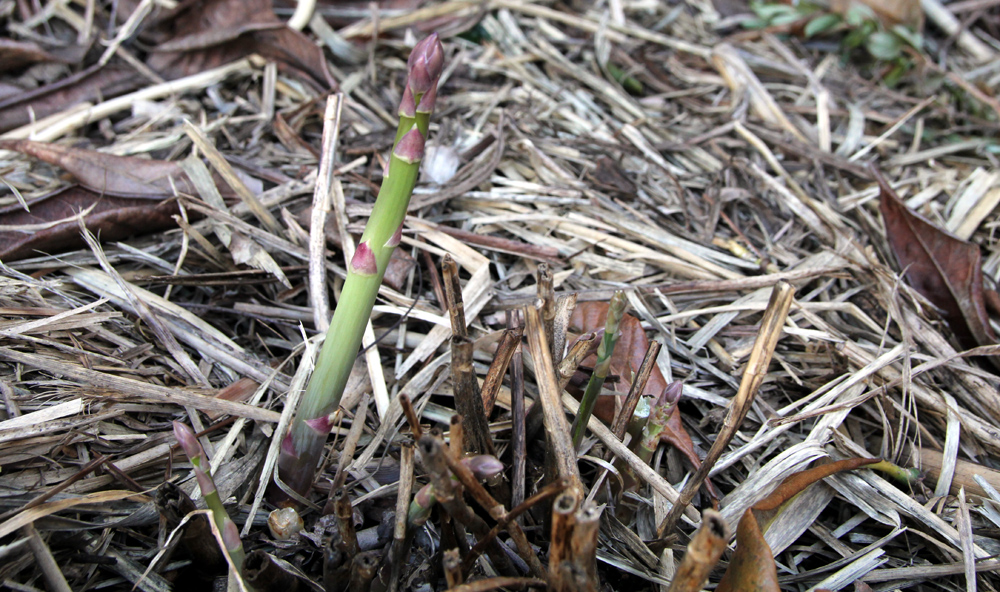Asparagus Season
2012-08-22T00:18:02+10:00
It’s asparagus season, and JUSTIN RUSSELL sings the praises of one the most delicious vegetables of spring.
If any vegie is worth waiting for, it has to be asparagus. The first spears of the season have just started poking their heads through the soil in my little patch, and already they’re being greedily harvested by someone (or something) other than me. I’m pointing the finger at my wife, who is a recent asparagus convert, but it might also be my four-year-old Fergus, who eats the spears raw. I’m hoping it’s not the resident possum. Regardless of the culprit, who can blame them?
For 10 months of the year asparagus is little more than a weedy looking perennial, but in spring the plant is transformed. From late August to early October mature asparagus crowns send up spear after delectable spear, which, when cut first thing in the morning and plunged into the yolk of a boiled egg, provide the surest evidence yet that home grown produce is as good as food gets.
Thankfully, asparagus is dead easy to grow. The major prerequisite is a climate that gets reasonably chilly in winter. Anywhere from Brisbane to Tasmania is suitable, though being herbaceous perennials, the plants will do best, and produce the finest quality spears, in a cold temperate climate. Note too that asparagus plants are long lived. Spears can be produced for 20 years or more, so its important to prepare the soil really well prior to planting. Mix in as much well rotted organic matter as you can get hold of. Decomposed horse manure is perfect, but compost will suffice. Anything to make the soil rich and well nourished.
The plants can be grown from seed, but the simplest way to get started is to purchase traditional bare rooted crowns in winter. Most heirloom seed and plant suppliers stock them, and there’s just time to get some crowns in the ground before the onset on warm weather. The trick to getting the best spears is to give the crown time to bulk up. For seed-grown plants, this means no harvesting for three years after planting. For bare rooted plants, a very light cutting of spears can be made in the second spring after planting, followed by progressively heavier harvests in subsequent years.
In cold climates the fronds will yellow off in autumn, indicating that the plants are sending energy back into the roots, to power the growth of spears in a few month’s time. In warmer climates the fronds might not yellow at all, so a good rule of thumb no matter where you garden is to cut the fronds down to ground level in mid June. This gives the plant a rest ahead of the spring cutting season.
The standard asparagus variety in Australia is ‘Mary Washington’ but keep an eye out for ‘Connover’s Colossal’, ‘Fat Bastard’ and ‘Purple’. All are good doers, and well worth a spot in the garden.






